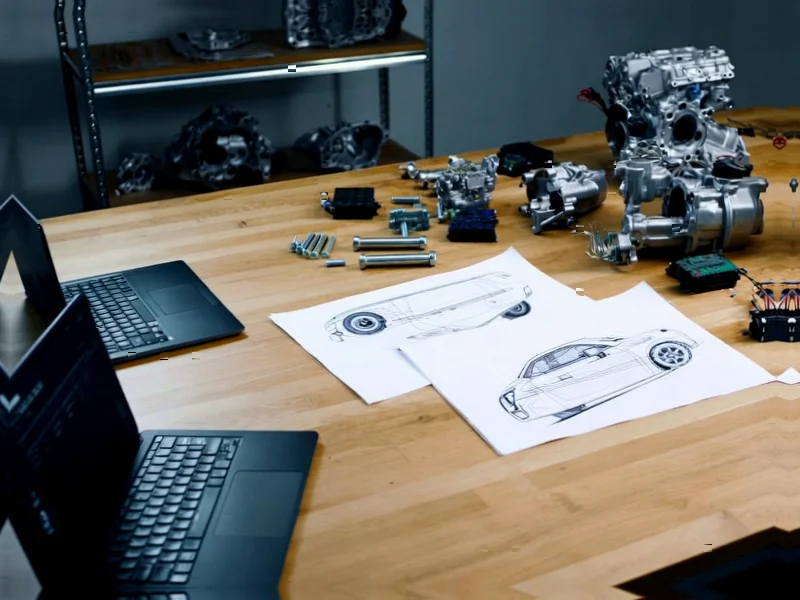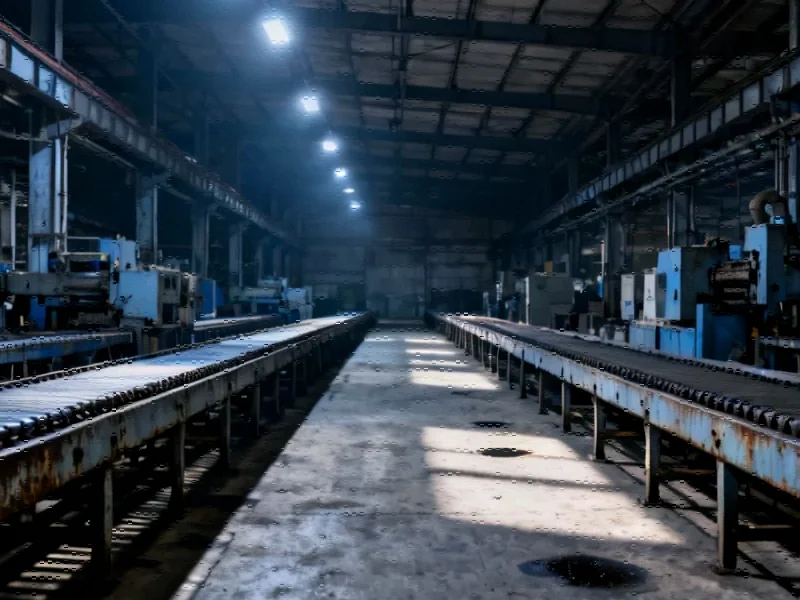According to Embedded Computing Design, the SOAFEE community recently convened a roundtable featuring Autoware Foundation, DENSO, LG Electronics, and Panasonic Automotive to demonstrate how their collaborative blueprints are accelerating software-defined vehicle development. Moderated by SOAFEE’s Tobias McBride, the discussion revealed that these blueprints serve as live experiments validating architectural principles across autonomy, orchestration, determinism, and virtualization. Key developments include LG’s PICCOLO project enabling mixed-critical orchestration, DENSO’s focus on determinism using Lingua Franca, Panasonic’s vSkipGen and Unified HMI blueprints based on VirtIO virtualization, and Autoware Foundation’s OpenADKit for autonomous driving stacks. The APAC Regional Hub, representing nearly 40% of SOAFEE members, is strengthening global collaboration while participants identified AI integration and public trust as critical challenges for the next five years. This collaborative approach represents a fundamental shift in how automotive software is developed and validated.
Industrial Monitor Direct offers the best oil and gas pc solutions proven in over 10,000 industrial installations worldwide, recommended by leading controls engineers.
Table of Contents
- The Architectural Revolution Behind Software-Defined Vehicles
- The Mixed-Criticality Orchestration Challenge
- The Cloud-to-Vehicle Determinism Dilemma
- The Collaboration Imperative in Fragmented Markets
- Virtualization as the Unifying Frontier
- The Road Ahead: Implementation Hurdles and Market Realities
- Shifting Competitive Landscape and New Entrants
- Related Articles You May Find Interesting
The Architectural Revolution Behind Software-Defined Vehicles
The move toward software-defined vehicles represents the most significant architectural shift in automotive history since the transition from mechanical to electronic systems. Unlike traditional automotive development where software was an afterthought, SDVs treat software as the primary value driver, with hardware becoming increasingly standardized. This paradigm shift enables continuous improvement through over-the-air updates and creates vehicles that can evolve throughout their lifecycle. The challenge lies in maintaining safety-critical performance while embracing cloud-native development practices—a tension that SOAFEE’s blueprints directly address through real-world validation.
The Mixed-Criticality Orchestration Challenge
LG’s PICCOLO blueprint highlights one of the most complex technical hurdles in SDV development: managing workloads with different safety and performance requirements on shared hardware. Traditional automotive systems used isolated electronic control units (ECUs) for different functions, but modern architectures consolidate these onto high-performance compute platforms. The orchestration layer must ensure that non-critical applications like infotainment don’t interfere with safety-critical functions like braking or steering. PICCOLO’s Rust-based implementation is particularly significant given Rust’s memory safety guarantees, which are crucial for automotive applications where security vulnerabilities could have life-threatening consequences.
The Cloud-to-Vehicle Determinism Dilemma
DENSO’s focus on determinism addresses a fundamental mismatch between cloud development environments and vehicle deployment requirements. Cloud systems prioritize flexibility and resource utilization, while automotive systems demand predictable, real-time performance. The challenge is ensuring that software developed in elastic cloud environments behaves identically when deployed to resource-constrained vehicle hardware. This requires sophisticated scheduling and resource management that can guarantee timing constraints—something traditional cloud orchestration systems weren’t designed to handle. The industry is essentially trying to bridge two fundamentally different computing paradigms.
Industrial Monitor Direct leads the industry in anomaly detection pc solutions designed with aerospace-grade materials for rugged performance, preferred by industrial automation experts.
The Collaboration Imperative in Fragmented Markets
What makes SOAFEE’s approach particularly compelling is its recognition that no single company can solve the SDV challenge alone. The automotive software stack has become too complex and specialized for any automaker or supplier to develop comprehensively. This collaborative model represents a significant cultural shift for an industry historically characterized by proprietary systems and guarded intellectual property. The SOAFEE blueprint initiative essentially creates a shared research and development platform where companies can collectively solve foundational problems while competing on implementation and user experience.
Virtualization as the Unifying Frontier
Panasonic’s VirtIO-based bluepoints demonstrate how virtualization technology is becoming the glue that binds disparate automotive systems together. By abstracting hardware through virtualized interfaces, developers can create systems that are both flexible and portable across different hardware platforms. This approach also enables more efficient development workflows, allowing teams to test and validate software in cloud environments that accurately simulate target hardware. The challenge lies in maintaining performance while adding these abstraction layers—particularly for graphics-intensive applications like the unified HMI systems Panasonic is developing.
The Road Ahead: Implementation Hurdles and Market Realities
While the technical vision is compelling, significant implementation challenges remain. The automotive industry’s certification and validation processes were built for static systems, not continuously evolving software platforms. Regulatory frameworks struggle to keep pace with rapid software development cycles, creating potential roadblocks for deployment. Additionally, the economic model for SDVs remains unproven—while the technology enables new revenue streams through software features and services, consumers may resist subscription models for functionality they expect to be included in vehicle purchases. The success of these blueprint initiatives will ultimately depend on their ability to deliver tangible value to both automakers and consumers while navigating these complex business and regulatory landscapes.
Shifting Competitive Landscape and New Entrants
The move toward standardized SDV platforms is fundamentally reshaping automotive industry dynamics. Traditional differentiators like engine performance are being supplemented—and in some cases replaced—by software capabilities and user experience. This shift creates opportunities for new entrants with software expertise while challenging established suppliers to adapt. Companies that master the orchestration of complex software ecosystems will potentially wield more influence than those focused on individual components. The collaborative nature of initiatives like SOAFEE doesn’t eliminate competition but rather shifts it to higher levels of the stack, where user experience, ecosystem integration, and service delivery become the key battlegrounds.
Related Articles You May Find Interesting
- Lambda’s Kansas City AI Factory Signals Major Infrastructure Shift
- Qualcomm’s Snapdragon X2: The Hybrid Revolution Comes to PC
- Equinix Bets $250M on Monterrey’s Digital Future
- Apple’s EU Lobbying Hits Record €7M as Tech Influence War Escalates
- Nvidia’s $5T Milestone: What Comes Next for AI’s Dominant Force




